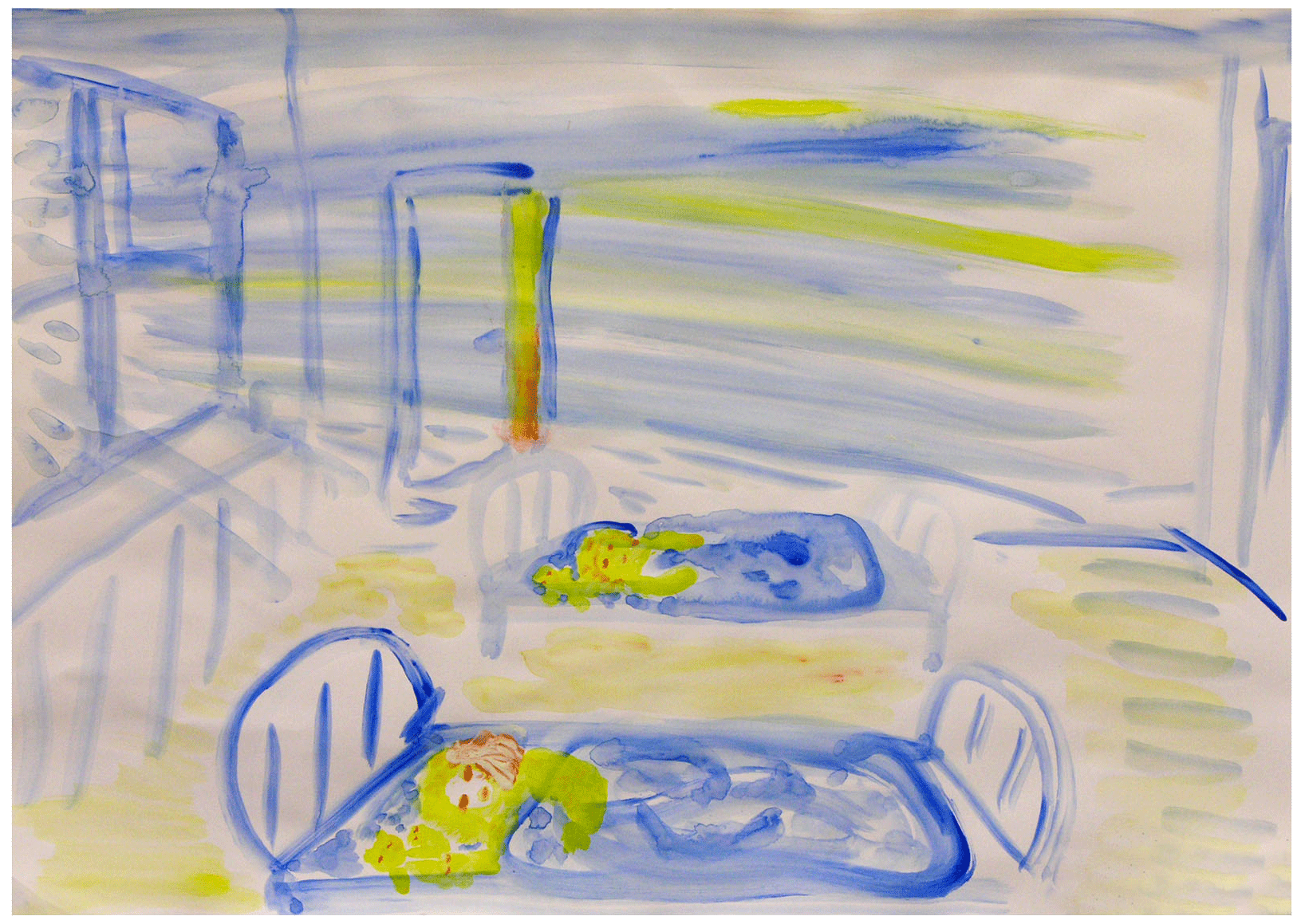The three zones of awareness

Awareness is one of the key concepts within Gestalt therapy. Awareness makes man capable of bringing a phenomenon or a complex of phenomena into focus. Gestalt therapy separates between three different levels of awareness, called zones. The three zones of awareness offer a structure that makes understanding how a person can achieve heightened awareness easier in that it represents a model for sorting sensations and other experiences. The more aware a person is about herself and her surroundings; the greater possibilities present itself in order for her to take responsibility for her own life, and to a greater extent do whatever she wants with her life.
The Outer Zone
The outer zone represents that which surrounds me, that which comes to me from the outside world. In practice, this entails the information I glean through the traditional five senses: sight, smell, hearing, taste and feelings.
The Inner Zone
The inner zone is the awareness of that which resides within my own skin or within me. For example, bodily experiences such as hunger, pain, thirst, etc. The second type of experience category found in the inner zone is something that we are all born with: basic feelings / emotions. Even though these are familiar to all people, many seem to experience problems in naming, placing and dealing with at least some of the experienced emotions. This may not be surprising, as experiences of feelings often are multifaceted and can entail being in contact with several different feelings at once. In the grips of a strong emotional experience, it is furthermore not easy to make out how to appropriately meet and express one’s feelings. In order to help people who want to learn how to better take care of themselves in emotional experiences, gestalt therapy has sorted feelings into five so called basic feelings, from which all other feelings are some sort of a derivative: joy, sorrow, anger, fear and sexuality. This does not by any means mean that you try to reduce all feelings into these five, but that feelings have been arranged into “families” where the five basic feelings become the “family head”. According to this perspective, all other emotions and emotional states we experience are either related to, more vague variations of, or “blends” of the five basic emotions.
Fear and Anxiety
In gestalt therapy theory, anxiety is not a basic emotion. In my psychotherapeutic work, I view anxiety as an emotional state that a person (unconsciously and involuntarily) puts themselves in to avoid being in contact with their basic emotions in an adequate way and to avoid emotional reactions. The state of anxiety functions as something the individual unconsciously inserts between themselves and the experience of basic emotions in certain situations. One could say that the actual emotion becomes “frozen in anxiety,” preventing its full experience. According to this perspective, anxiety is thus a symptom of the suppression of the experience or expression of one or more basic emotions.
The Middle Zone
Experiences in the middle zone represent the “intangible” and lies between the outer- and inner zones. You could also say that they take place in the head as they reside in the higher cerebral centers. They consist of thoughts, conclusions, interpretations, fantasies (also catastrophic fantasies and so called uncertain future anxiety), dreams (waking and sleeping), memories, inspiration to create and construct, etc.
While all living creatures use the inner- and the outer zone, you can say that the middle zone is reserved for humans. Even the highly developed species live almost exclusively in the present, relying on sensations, instincts and bodily experiences. This richness in the human experience can also, in certain situations, constitute a complicating factor in that we sometimes over rely on our thoughts in the shape of, for instance, memories, plans, fantasies and interpretations instead of basing our actions on the more tangible experiences in the inner- and outer zones. These experiences have the characteristic of taking place in real time, here and now. Therefore, they help us in remaining present in the now so that we (with suitable help from the middle zone!) are able to adequately react to what is going on in the present.
Text and illustrations: Tine Sylvest
Photographs: Bo Mellberg
The author is a certified Psychotherapist, Art Therapist and Workplace Counselor/Coach born in Denmark, currently living and practicing in the Swedish-speaking parts of Finland.
Next page : The changing diagnosis
